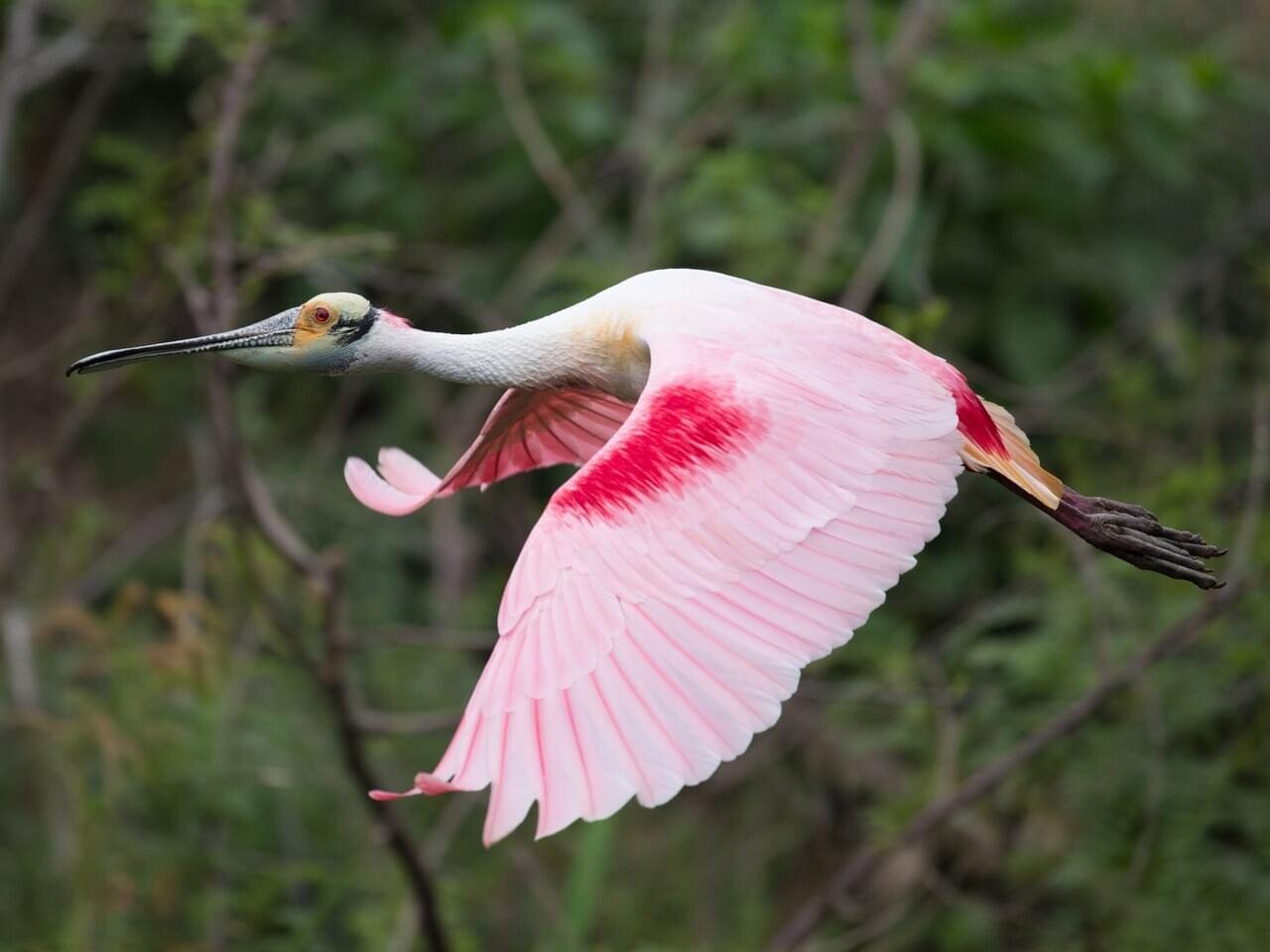The huge Purple Martin roost that created quite a stir at the Nashville Symphony Center last year is back. Last September an estimated 150,000 Purple Martins turned the Symphony Center into a staging area roost in their fall migration and they have returned.
Purple Martins leave their colony nesting sites by mid-July and begin gathering in flocks before moving again to the next destination on their route. Eventually they will form huge roosts numbering in the hundreds of thousands along the Gulf Coast from Texas to Florida as they continue migration to their winter homes in Bolivia, Brazil and Argentina.
The roost will likely be present for another few weeks so make it a point to go see this amazing spectacle.
Warner Park may still be looking for volunteers to assist on a nightly basis to monitor and report observations. For more information visit
https://www.signupgenius.com/go/10c0f4da5ac2da3f8c34-purple1





